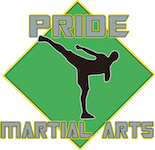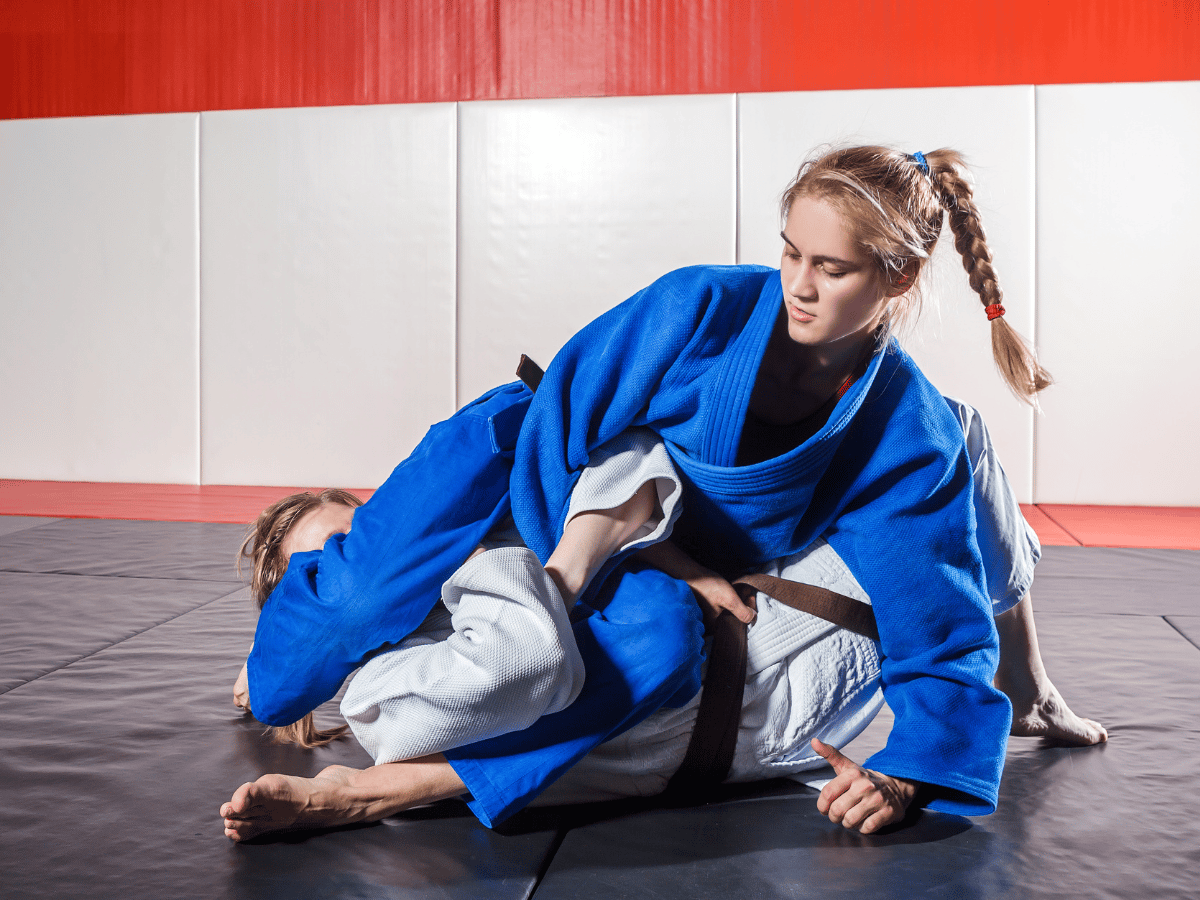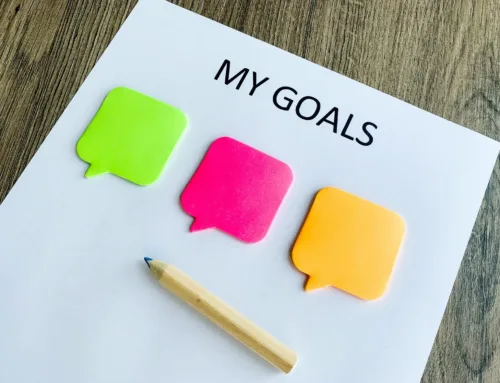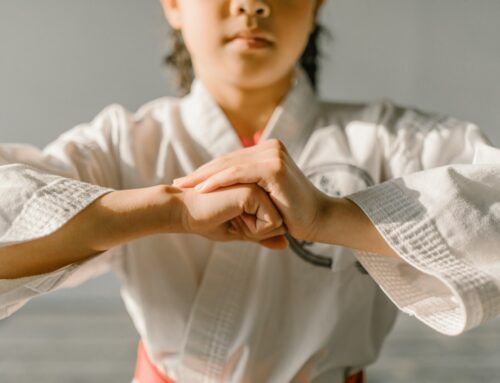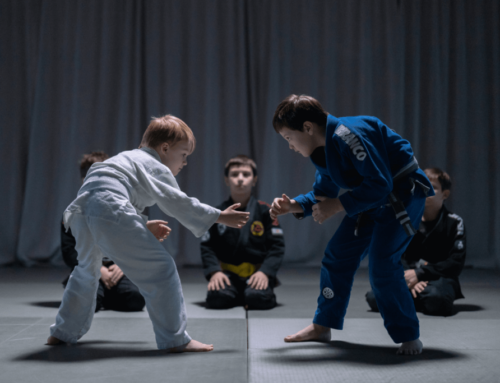Jiu Jitsu is an art of skill and precision, where even the smallest improvement can make a big difference. Whether you’re just starting or have been practicing for a while, there’s always room to enhance your techniques. Focusing on the essentials and building a strong foundation is key to success in Jiu Jitsu.
Learning Jiu Jitsu involves more than just knowing the moves. It’s about understanding how to connect them smoothly and efficiently. Practicing diligently, using effective drills, and learning from others’ experiences are vital steps in getting better. By refining your grip, balance, and overall technique, you can take your Jiu Jitsu to the next level.
Engaging in live sparring sessions provides real-world experience, helping you apply what you’ve learned in practice. Whether practicing at home or in class, there are many effective ways to improve your Jiu Jitsu skills, paving the way for growth and excellence in this dynamic martial art.
Mastering the Basics
Importance of Solid Foundations
In Jiu Jitsu, having a strong foundation is key to mastering the art. Without a solid base, advanced techniques can collapse under pressure. Solid foundations ensure that every movement and technique stems from a place of balance and control. To build these foundations, practitioners often focus on core principles such as posture, positioning, and understanding leverage.
These basics are the building blocks of everything you do in Jiu Jitsu. From maintaining a good stance to applying pressure correctly, these simple aspects can dramatically influence how effective your techniques are. It’s crucial to revisit these basics regularly. As you progress, even a minor adjustment in your stance or grip can enhance your overall performance.
Perfecting Grip and Balance
Grip and balance play a significant role in Jiu Jitsu. Having the right grip can mean the difference between a successful sweep or submission, and losing control of the fight. Practice different grips frequently—whether it’s collar grips, sleeve grips, or pants grips. Each serves a unique purpose and can be instrumental in setting up moves.
Balance is equally important. Good balance helps in both defensive and offensive positions. Practicing balance exercises improves reaction time and stability, which is essential during competition or sparring. Balance drills, like standing on one leg or engaging the core while staying low, develop muscle memory and help practitioners move fluidly during matches.
Drills to Enhance Techniques
Focused Repetition and Muscle Memory
Repetition is the cornerstone of Jiu Jitsu improvement. Through focused repetition, techniques embed themselves into your muscle memory. This makes each action instinctive in live settings. It’s helpful to break down techniques into smaller parts, practicing each component until it becomes second nature.
Regular drilling with a partner is an effective way to cement these actions. Focus on precision and control as you perform each move. Pay close attention to detail—such as where you place your hands and feet—and repeat these steps until they’re automatic. Drills like armbar repetitions or shrimping exercises can refine your skills remarkably.
Using Flow Drills for Better Transitions
Flow drills are essential for improving transitions between techniques. These drills help you link moves seamlessly, fostering quick reactions during sparring. Flowing through a series of techniques trains your mind and body to identify opportunities and respond efficiently.
A good flow drill includes a sequence like transitioning from guard to mount and then moving to an armbar. This type of exercise keeps your movements fluid, helping you maintain momentum. Practicing flow drills consistently enhances your ability to adapt during a match, making you a more versatile and effective Jiu Jitsu practitioner. These exercises are not only beneficial for building transitions but also for keeping the training dynamic and engaging.
The Role of Sparring in Skill Improvement
Learning from Live Rolling
Sparring, or live rolling, is a crucial part of developing your Jiu Jitsu skills. It provides an opportunity to test techniques learned during drills in a realistic setting. Through sparring, you learn how to apply moves under pressure and adapt your strategy in real-time. This live practice allows you to get a feel for different styles and tactics.
During sparring, focus on staying relaxed and present. This helps you react naturally instead of overthinking each move. Testing different techniques during sparring can help identify what works best for you. It also increases your confidence, knowing you can handle different situations. Engage with others respectfully and remember that sparring is a valuable learning tool, not just a competition.
Analyzing Sparring Sessions
After sparring, analyzing each session is essential for growth. Think about what went well and what could be improved. Consider your strengths and weaknesses. Did you struggle with a particular move, or could you have defended better? Reflecting on these questions helps you create a plan for improvement.
Discussing sparring outcomes with your partner or instructor can provide additional insights. Sometimes an outsider’s perspective reveals details you might have missed. Keeping a training journal to track your progress and set goals for future sessions can also be an effective way to enhance your learning experience and development in Jiu Jitsu.
Learning from Experienced Instructors
Seeking Feedback and Guidance
Learning from experienced instructors can significantly impact your Jiu Jitsu journey. Instructors provide personalized feedback that can pinpoint areas needing improvement. They offer insights based on years of experience, providing strategies you might not consider on your own.
To make the most out of your time, ask specific questions and tackle challenges you’re facing. Instructors are there to help you understand techniques more deeply, offering tips and tricks that enhance your execution. Listening to feedback and applying it to your next practice session helps turn advice into action.
Watching and Emulating Expert Techniques
Observing expert martial artists is a powerful way to learn. Watching instructors perform moves teaches you about finesse and technique accuracy. Pay attention to details like body positioning, pacing, and tactical decisions made during moves.
Where possible, try to emulate these techniques in your practice. It’s beneficial to mimic the actions of seasoned practitioners as closely as you can, and then adapt them to suit your style. Incorporate what you learn into drills, repetitions, and sparring. By consistently looking up to and learning from skilled instructors, you continue to evolve as a Jiu Jitsu practitioner.
Conclusion
Improving your Jiu Jitsu techniques involves a dynamic blend of practice, observation, and feedback. By mastering the basics and drilling techniques into muscle memory, you prepare yourself for effective sparring. Live rolling sessions increase your adaptability and highlight areas for growth, while insights from experienced instructors help you refine your skills further. Investing time and effort into understanding each aspect of Jiu Jitsu empowers you to become more proficient and confident in your abilities.
Looking to take your Jiu Jitsu skills to the next level? Join Pride Martial Arts Academy, where our expert instructors offer personalized guidance to help you grow. Experience an engaging community focused on helping you improve and achieve your martial arts goals — join our Jiu Jitsu classes today!
